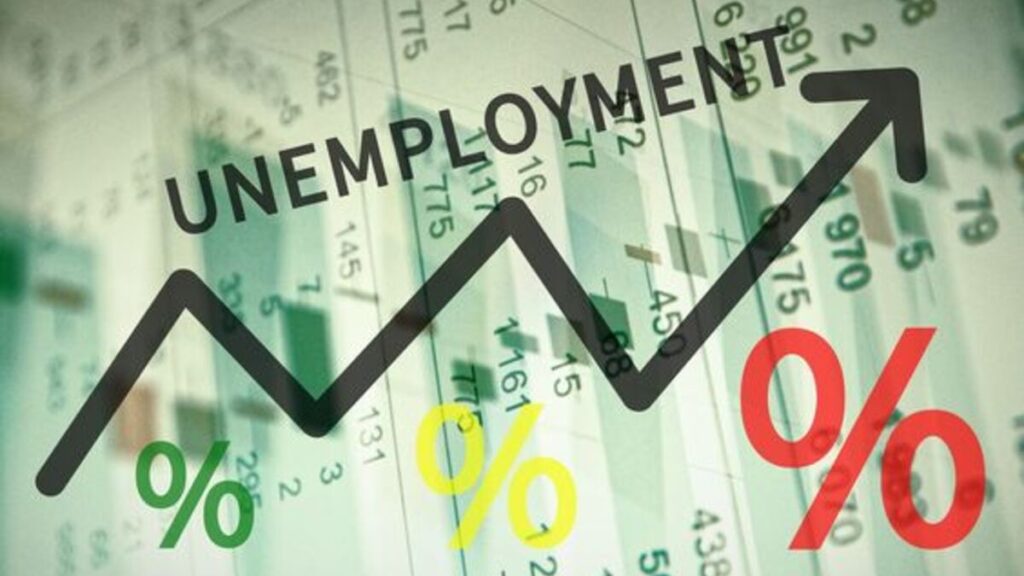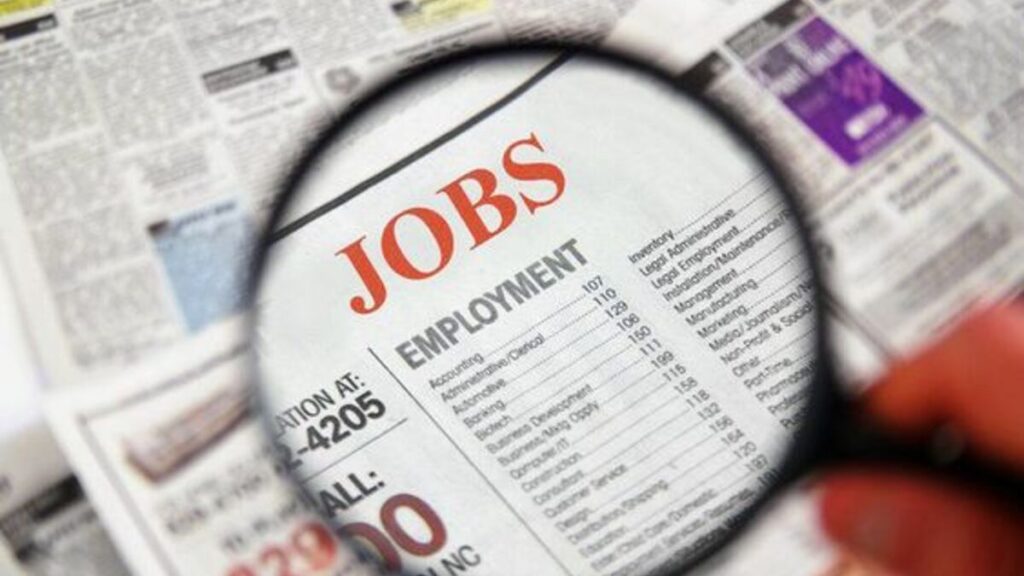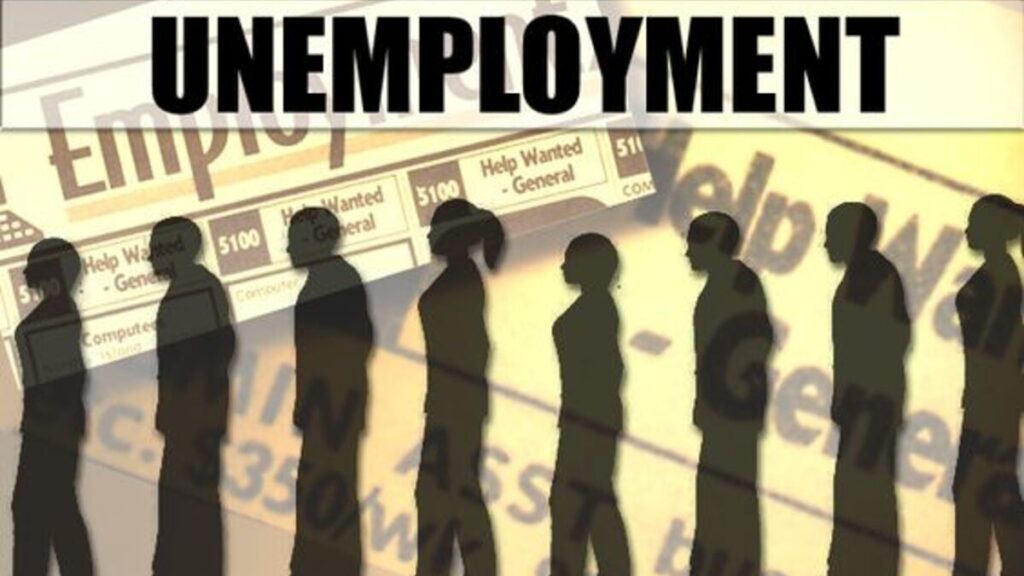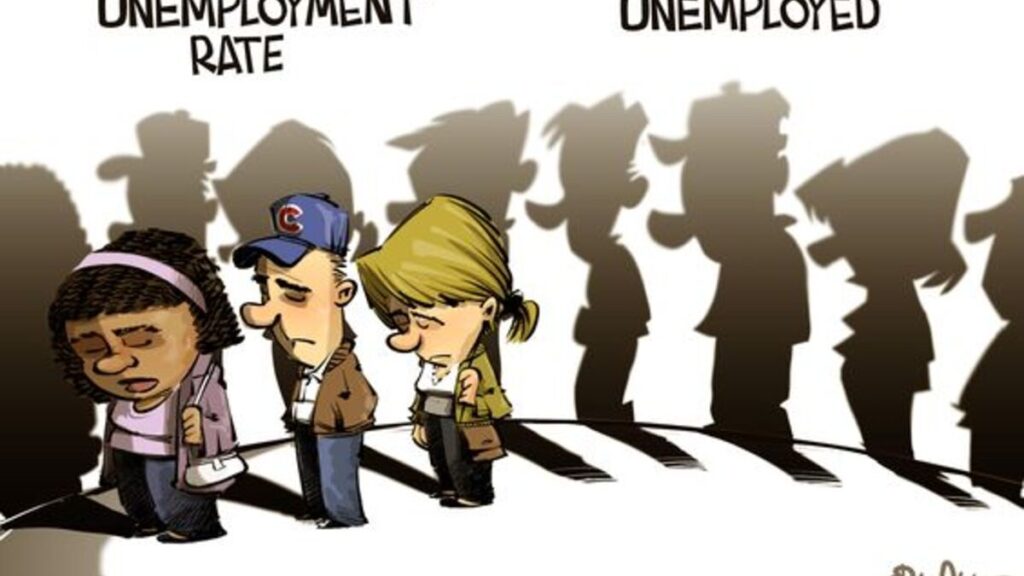The United States is currently battling a good number of economic problems. From immigration to inflation, the government has its plate full, and now another budding problem is on the horizon. The unemployment rate in the already tough has risen to 4.1% in the past month, causing a lot of worry for both the government and U.S. citizens.

What Is the Unemployment Rate?
Unemployment occurs when people within the ages of employment (the labor force) do not currently hold jobs that pay them. This means that the unemployment rate is the percentage of people in the active labor force who do not have jobs at a particular period.

To measure the unemployment rate, it is important to identify the people in the labor force and then see how many of them are not holding jobs at the time.
Unemployment in the U.S.
The unemployment rate in the U.S. is causing many people significant worry, as it is currently on the rise. This is because it affects how much disposable income families and individuals have to carry out their everyday activities and have a good quality of life.

It also reduces the purchasing power of the citizens, lowers morale, and, in general, affects the country’s economic output.
Payroll Increase
After seeing the country’s unemployment rate increase, the U.S. economy added slightly more jobs than people expected in June to fight unemployment. According to the Labor Department, nonfarm payrolls (jobs that do not include people working on farms, private households, and non-profit organizations) increased to 206,000 for June.

This was significantly better than the 200,000 jobs that Dow Jones predicted but less than those provided earlier in May.
ALSO READ: A Sizable Number of Young Adults Are Out of Work, They Are ‘NEETs’ and ‘New Unemployable’
Job Creation
June job creation surpassed expectations by 6,000, but this was a necessary increase after May’s job creation was cut from 272,000 to 218,000. Most of the jobs created in June were government jobs, which saw a surge of 70,000.

The healthcare sector saw a surge of 49,000, social assistance increased by 34,000, and construction jobs increased by 27,000. However, the professional and business services and retail sectors saw declines.
Highest Unemployment Rate Since 2021
The unemployment rate climbed to 4.1%,, the highest level recorded in the U.S. since 2021. This came as the labor force participation rate increased to 62.6% by a 0.1% margin.

The prime age rate for people searching for jobs between the ages of 25 and 54 also rose to 83.7%, which is the highest the country has seen in 22 years. However, the unemployment rate that counts discouraged workers and those with part-time jobs stayed at 7.4%.
Why Did Unemployment Increase?
There are many reasons for the increase in unemployment in the United States today. COVID-19 caused a massive disruption in the country’s labor force, which has been tagged “The Great Resignation” by many.

More than 50 million workers quit their jobs in 2020, with a peak % unemployment rate of 14%, and 47.8 million followed suit in 2021. Cynical unemployment is also occurring as the country experiences surges in inflation, causing people to be cut during budget reviews.
Long-Term Unemployment Rate in 2024
When the May payroll count was reviewed, the Bureau of Labor Statistics (BLS) also noted that April’s payrolls were cut by 57,000 to 108,000. Therefore, the revised cuts from both April and May add up to 111,000. Unsurprisingly, long-term unemployment rose sharply to 1.5 million, up by 166,000.

This was a 400,000 increase compared to a year ago. In addition, the BLS reported that the long-term unemployment rate, which was 18.8% a year ago, is now 22.2%.
Black and Asian Unemployment Rate
The rate of unemployment among Black and Asian workers is also significantly higher this year. For Black workers, the rate of unemployment jumped to 6.3%, which is its highest this year since March.

The Asian demographic also saw a rise to 4.1%, the highest recorded number since August 2021. This increase could be a result of the current trend of anti-DEI laws, which has cost thousands of Asians and Black people their jobs this year.
Average Hourly Earnings
On the other hand, workers’ average hourly wage earnings increased by 0.3% in June. According to several estimates, this is a 3.9% rise from 2023, making employees earn more than they were earning by this time last year.

This could be a direct result of the increase in minimum wage in many states across the country. Also, some companies decided to implement pay rises for their staff to help deal with the country’s inflation.
Federal Rate Cuts
David Russell, TradeStation’s global head of market strategy, said, “The job market is bending without yet breaking, which boosts the argument for rate cuts.”

Robert Frick, corporate economist at Navy Federal Credit Union, also said that “there are no cracks here that would cause the Fed to rush to the rescue with rate cuts, and the labor market is in line with a continuation of slowing inflation.” He believes that this should lead to only one or two cuts this year.
Economic Growth Slowing
The federal officials have also only given a directive for one cut in June, stating that they need “additional favorable data” before they can approve any reductions. They are hoping for a favorable outcome this year, targeting its key lending rate to be between 5.25%-5.50% this year.

This is the highest it has been in 23 years and it has sat at this level for about a year. However, reports show that the economic growth of the country is currently slowing down and this can have a negative impact too.
Will the Newly Added Jobs Help?
The addition of over 200,000 jobs for the unemployed will go a long way toward reducing the country’s current unemployment rate.

There will be fewer people in the labor force but without jobs, which will also help to increase the economy’s state. People would be able to afford their everyday needs and take care of themselves without depending on others to do so.
You Might Also Like:
Mortgage Payments in Alaska Increases by More Than 50%
U.S. Toy Company, Basic Fun!, Goes Bankrupt with $50M Debt
One of the Largest Solar Companies in the US Is on the Cusp of Collapse

